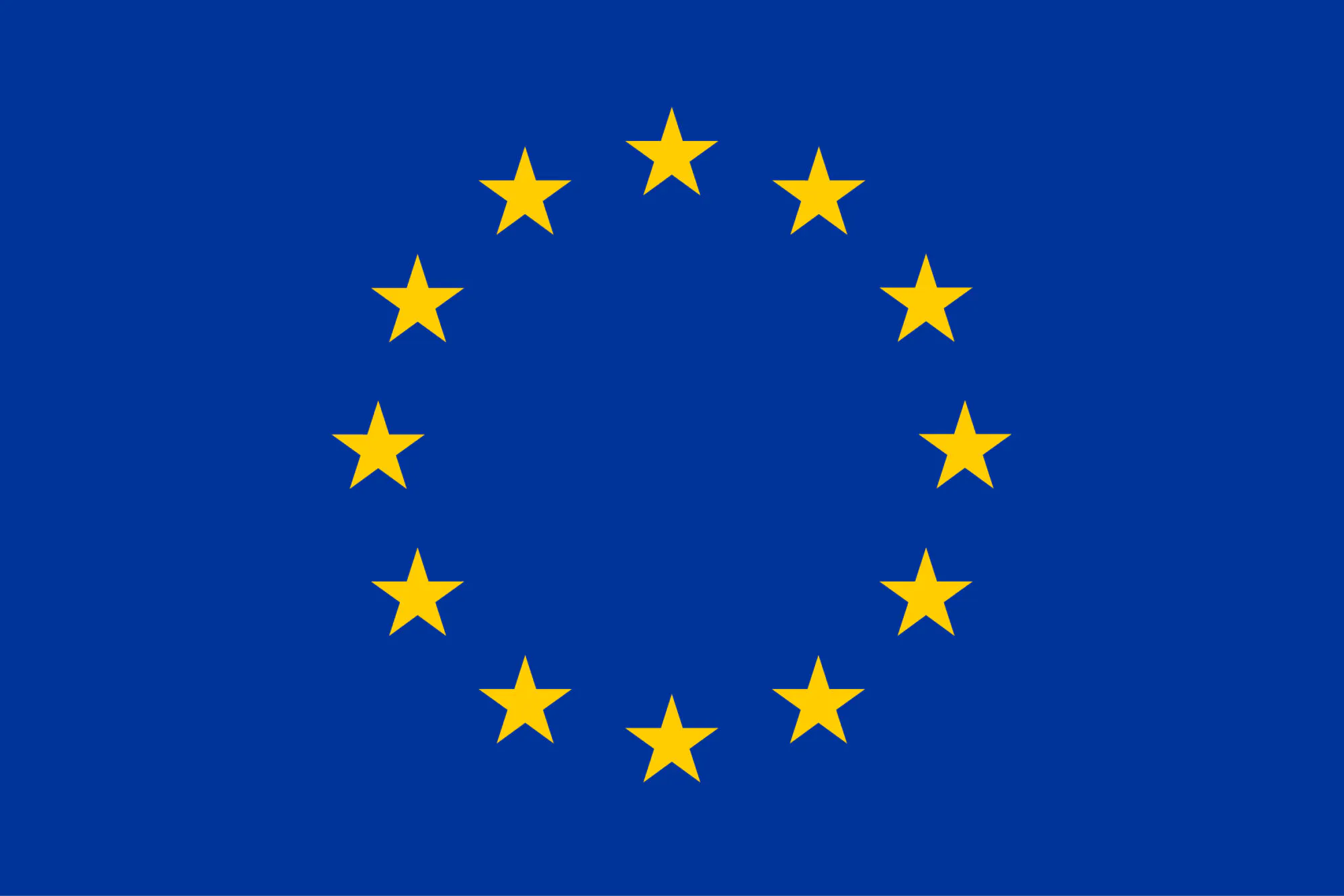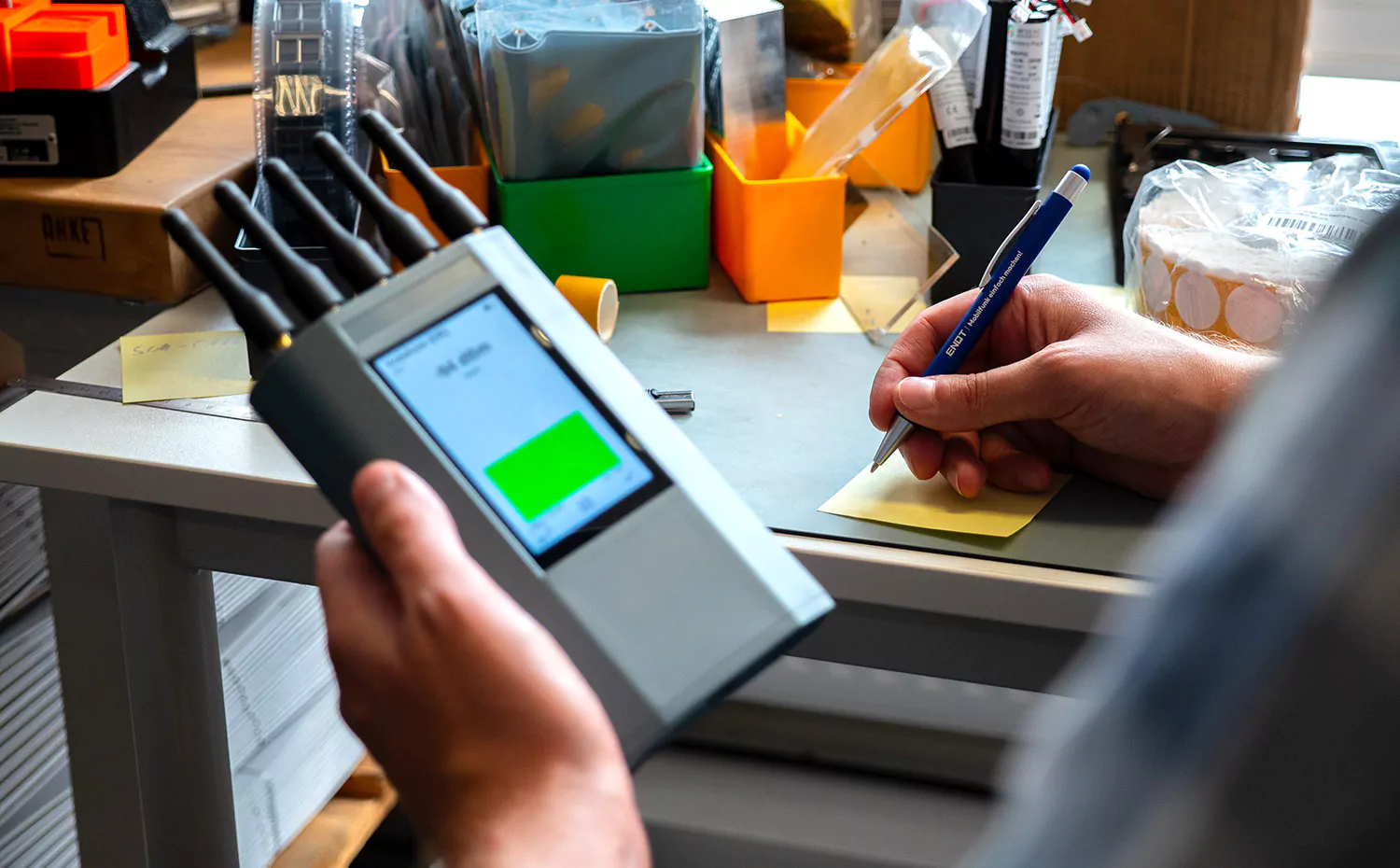Many European countries face difficulties meeting the increasing demand from private and commercial users and local authorities for a mobile connectivity availability especially in rural areas. At the same time, more and more devices are connected to the internet via mobile networks in different industry sectors, e.g., freight and public transportation as well as autonomous driving. Continuous availability of mobile networks and a reliable data transfer are also critical success factors for many projects related to Internet of Things (IoT) and Industry 4.0.
ENQT provides innovative technology solutions and comprehensive consulting services related to smart metering and grids, IoT and Industry 4.0 for different digital data-based industry applications especially in the energy sector. However, many conventional solutions in this field are often not flexible regarding customers’ requirements, see Fig. A. As a result, installations often must be aborted or carried out several times until the desired results are achieved. Engineers spend a lot of time for measurements, collecting information, and using outdated tools to identify and evaluate the status of connectivity for different fields of application. The solution to optimize the planning process for the implementation of digital applications and operational processes can be a virtual assessment and automated evaluation.

What are the overall objectives?
The key objective of ENQT´s innovation strategy is to develop a data-driven information platform for mobile network connectivity as an advanced planning module for industrial and transport sectors, where it is important to have continuous network availability and a reliable data transfer rate. We also want to gradually widen our business focus to other industry sectors like logistics and mobility, e.g., autonomous driving. Potential clients for the innovative IT-solution are cities (especially providers for basic public services) and corporations. Both are currently struggling to access structured network data to optimize operational processes and structures. The economical, social and ecological benefits are expected to be remarkable for our customers. The platform can provide the required services at much lower cost and faster speed comparing to the traditional approaches. Besides that, the newly generated data is delivered on a level of precision that has never been achieved before. This will result in significantly expanded evaluation options, for example for the fleets of a freight forwarder or municipal transport services and their operational performance.
The main goal of the project is to develop and integrate a web-based platform, which uses measurement data obtained from intelligent sensors and different open databases, to provide mapping services for connectivity to mobile networks.
Work done and the results
In order to reach the project goals, the following steps were performed:
- Context analysis. It is necessary to start the project with an analysis of the existing datasets, cloud software and available solutions for network data analysis. Due to the reason, that ENQT is located in Germany, the main focus was on the technologies available in the country. It was found that there is no official base stations database in Germany, which can be directly used in the project to identify locations of all currently operating base radio stations. The whole German mobile network infrastructure is under control of the three mobile operators:
T-Mobile, Vodafone and Telefonica. They provide their own independent network coverage maps, which are usually not very accurate, e.g. coverage_checker (telekom.de), and also keep information about base stations in a secret. Luckily few open data projects exist, which provide cell tower data, e.g. OpenCelliD or Mozilla Location Service, and which can be used in our project. - Base stations database and analysis. After the context analysis it was decided to create our own base stations database, which can combine data from different resources. The processing is implemented with Python programming language and the database is stored as SQL database. It is daily updated, that allows to always track the base stations which are currently in operation. After analysis of the database it was defined, that Telefonica has the biggest amount of operating base stations (approx. 100 000 LTE stations and 120 000 GSM stations) in Germany. Although theoretically it gives an advantage over the competitors, a lot of stations are located quite close to each other especially in urban areas and can form clusters. Therefore, the database itself is not enough to make any final conclusions and network coverage map is required.
- Analytical model. Using the recent publications about coverage analysis for cellular networks and information from the context analysis step, an analytical model was created, which uses data from the base station database. The programming code was implemented in Python, which has a big number of convenient tools for data analysis. The created analytical model is able to plot signal strength maps with different metrics (rssi, rsrq, rsrp) for the main mobile operators (T-Mobile, Vodafone, Telefonica) and network technologies (GSM, LTE) currently available in Germany.
- Testing. Within this step testing of the model on a test server and adjustment according to customers’ requirements were conducted. User can easily change the input parameters, such as operator, network technology and metrics to plot. The interactive map shows all the base stations available and allows to check signal strength at different locations by the clear red-yellow-green colour scheme. The first results look very promising, see Fig. B. The general mobile networks patterns in Germany were defined, e.g. GSM coverage area is much bigger and more uniform comparing to the LTE, where base stations are mostly located in urban areas and along the main highways.


- Measurement data. In order to increase the map building quality, network signal measurement data obtained by ENQT devices were also used, see Fig. C. The measurement points were added to the analytical model to improve the accuracy of the interpolation. However, due to relatively small amount of measurements and the reason, that most of the measurements are conducted in city center, currently there is no significant improvement in the coverage map accuracy. Anyway, it is planned to use the measurements in the next versions of the code.

- Integration. As soon as the testing was conducted and the major corrections were applied, integration of the current version into the web-based information platform of ENQT was done. Both base station database and coverage map are currently available for the customers and together with the other online services provide a great analytical experience, which has never been accessible before.
Outlook
Only continuous development of new services allows SMEs to successfully compete with other market players, especially with big technological companies. Although significant results have been achieved, data analytics team of ENQT has big plans on the continuous improvement of the services based on customers’ needs. First of all, it is planned to improve the accuracy of the model, probably by artificial neural network, which will be also able to make reliable predictions even with a limited amount of data. Besides that, a live version of the service is to be developed, which will be even more interactive and informative for customers. At the same time, while ENQT is expanding and starting to appear on other countries markets, the service has to scale as well to the countries, where ENQT has the biggest customers’ interests, starting from European Union.



